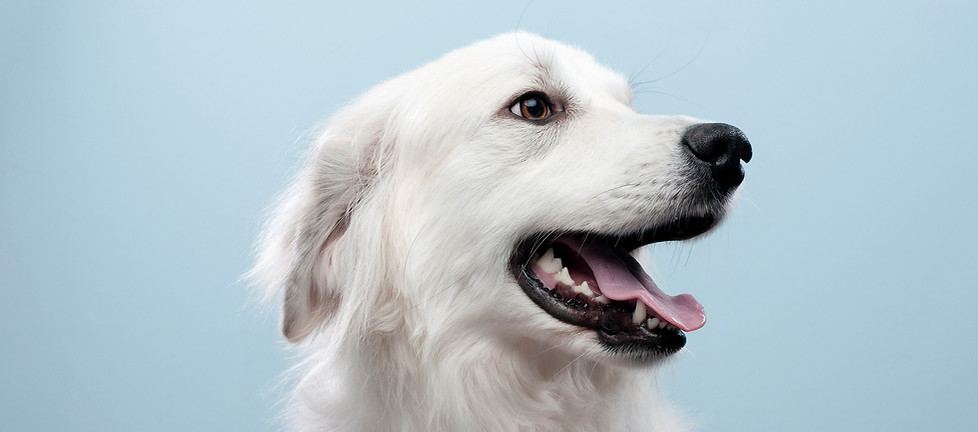Keep those pearly whites shining bright
Establishing a good dental health routine I so important, especially for smaller dogs with little teeth that teeth cleaning treats cant reach. It’s important to check your dog’s teeth every month to watch out for areas of concern. There are many products on the market for teeth cleaning.
Advanced periodontal diseases like gingivitis and periodontitis have unhappy and painful symptoms like severe gum inflammation and the erosion of both hard and soft tissues surrounding your dog's teeth. If they're unusually head shy or having trouble chewing, those could be signs that your pup requires better oral care. Because gums are very vascular, it's possible for the bloodstream to transport micro-organisms to the dog's kidneys, liver and heart valves, causing severe systemic disease.
HOW TO BRUSH YOUR DOGS TEETH
Step 1: Start slow, be gentle and definitely have a preferred treat handy. Seeing as this is likely new territory for both pet and owner, you'll want to tread lightly, and any signs of aggression should be headed as a sign to back off. Levels of temperament and docility will factor in. Still, without restraining your pet, begin with some soft muzzle scratches and move your way into a lift lip (no brushing yet) that exposes the teeth for about 30 seconds. Toss in a treat as a reward for tolerating your fingers immediately.
Step 2: Repeat the process, but this time gently run your fingers over your dog's teeth for 20 to 30 seconds. Praise and payoff will go a long way in creating trust and making this a potentially enjoyable routine for both of you, so incorporate the reward into the action here. Try a little fish or beef juice (our whatever animal juice your dog likes best) right on your finger. Again, finish with that treat — and lots of love — so that this becomes something of a game.
Step 3: Introduce a dog toothpaste and toothbrush (although a clean nylon can serve here too) and just let your dog lick away — still no brushing. Important note: DO NOT use human toothpaste. Substances like fluoride which find their way into many toothpaste brands are toxic to animals.
Step 4: Brush away! Get each tooth for about 10 to 20 seconds on both sides, then make sure your dog gets another treat and plenty of celebratory praise after the whole ordeal. Repeat home dental care daily and it should become no different than going for a walk or throwing the ball around. If your animal isn't the type to sit still easily, try a maiden voyage into dental care after some serious outdoor play time or a lengthy walk has worn them down a bit. Your pup will thank you with fewer vet bills in the long run.



